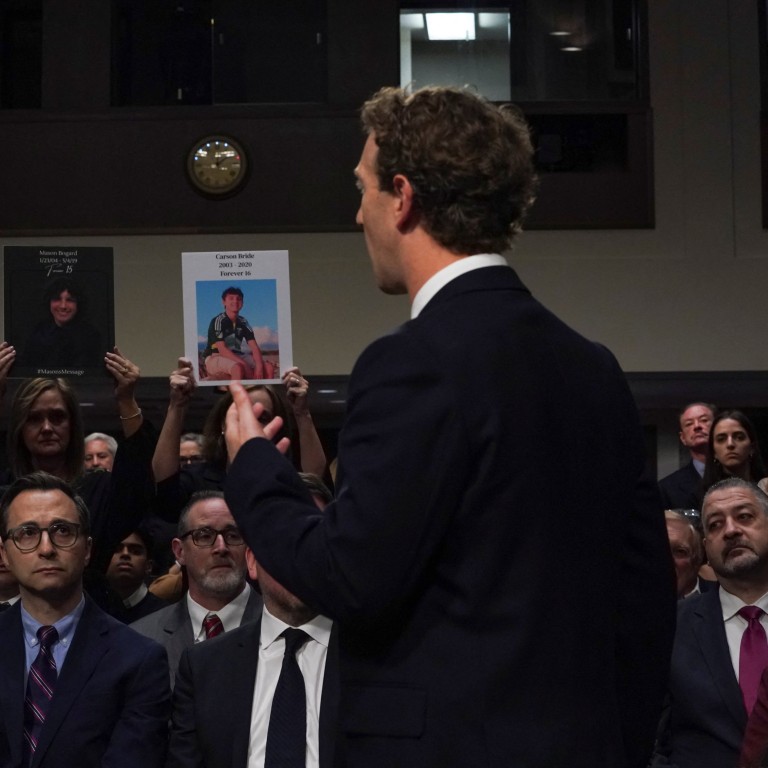
We all have a duty to ensure our teenagers are safe online
- While the internet provides young people with a valuable platform, it also exposes them to cyberbullying, privacy concerns, social media pressure and more
- Keeping youth safe online requires active involvement from parents, teachers, tech companies and policymakers
In Hong Kong, as in many other parts of the world, the internet is a double-edged sword for teenagers. On one hand, it provides them with a platform to explore their identities, connect with peers and access a wide range of information.
Social media platforms have, for a while, been implementing safety features and community guidelines to ensure the safety of minors. For example, Facebook has introduced content moderation and reporting tools. Similarly, Instagram offers anti-bullying features.
The biggest challenge we face today is the need for a comprehensive approach towards online safety. This approach should involve not only technology companies but also parents, educators, school social workers and policymakers. All stakeholders are well aware of the problem, and their collective actions can help further bridge the gap in online safety for young people.
It is essential for parents to participate in their child’s online journey, understand the social media landscape and be aware of the risks of cyberbullying and online privacy. They should also be role models of responsible internet use, such as by spending time wisely and keeping open lines of communication.
Parents must grasp social media’s appeal to help their kids cope
Their active involvement in policymaking can also ensure schools adopt comprehensive, proactive strategies against digital threats. They must be catalysts for change, fostering an environment where awareness is seamlessly integrated with preventive and responsive action.
Tech companies must also take proactive measures to ensure the safety of their users. Safety features should be an integral part of their platforms from the outset rather than an afterthought.
The gap between being aware of online safety and actually taking action can only be bridged if all stakeholders take a shared responsibility. This challenge can be overcome if everyone plays their part. It is a necessary step in the comprehensive approach to teenagers’ online safety, and it must be done quickly.
As the world becomes increasingly digital, it is important to ensure it is as safe as possible for young people. Zuckerberg’s apology is just a start. It is our collective duty to ensure that the subsequent steps will define our success in protecting our children online. We must move decisively from awareness to action.
Yolina Siu is a counsellor at the University of Hong Kong’s Centre for Suicide Research and Prevention. She has extensive experience in mental health training and counselling within schools and corporate settings
Paul Yip is director of the Hong Kong Jockey Club Centre for Suicide Research and Prevention



